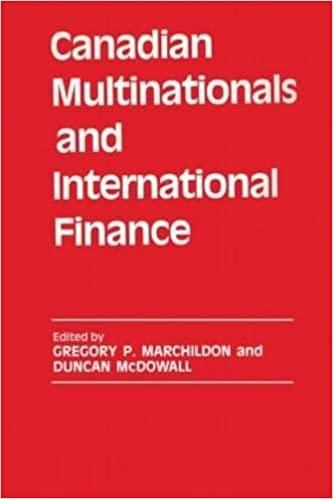
3. [15 points]: It is March. A Canadian farmers' cooperative that is based in Quebec expects to sell 275,000 bushels of soybeans at the end of July. Because of a recent diplomatic issue between Canada and China, the company's management is worried that the soybean price may drop by July. On March 6, the company buys August soybean futures PUT options with a US$10.20 per bushel strike price for a premium of US$1.07 per bushel. The August soybean futures price was US$9.21 per bushel when the company bought the PUT options. The exchange rate is 0.74 US$/C$ on March 6. Soybean futures contract size is 5,000 bushels. Each option contract is based on one soybean futures contract. a. What right does the cooperative obtain? How many option contracts does the cooperative need, assuming a full hedge is used (h = 1)? b. What would be the US$10.20 PUT option contracts be worth (i.e., intrinsic value) if the August soybean futures price rose to US$10.75 per bushel by August? What would the option contracts be worth if the August soybeans futures price declined to US$8.00 per bushel by August? (Please answer in Canadian dollars assuming an exchange rate of 0.75 US$/C$ in August). c. Suppose the August soybeans futures price rose to US$10.75 per bushel by August and that the company can get C$1.15 per bushel adjusted basis over the August soybean futures. What cash market price (i.e., S2) would be realized in August (in Canadian dollars assuming an exchange rate of 0.75US$/C$ by August)? d. Suppose the August soybean futures price rose to US$10.75 per bushel by August and that the cooperative can receive C$1.15 per bushel adjusted basis over the August soybean futures price. What net cash price per bushel would the cooperative actually realize for the soybeans, considering the profits or losses on the PUT options and the cash receipt from the sale of soybeans? Would the result be different if the company hedged with futures instead of options? Show your work. 3. [15 points]: It is March. A Canadian farmers' cooperative that is based in Quebec expects to sell 275,000 bushels of soybeans at the end of July. Because of a recent diplomatic issue between Canada and China, the company's management is worried that the soybean price may drop by July. On March 6, the company buys August soybean futures PUT options with a US$10.20 per bushel strike price for a premium of US$1.07 per bushel. The August soybean futures price was US$9.21 per bushel when the company bought the PUT options. The exchange rate is 0.74 US$/C$ on March 6. Soybean futures contract size is 5,000 bushels. Each option contract is based on one soybean futures contract. a. What right does the cooperative obtain? How many option contracts does the cooperative need, assuming a full hedge is used (h = 1)? b. What would be the US$10.20 PUT option contracts be worth (i.e., intrinsic value) if the August soybean futures price rose to US$10.75 per bushel by August? What would the option contracts be worth if the August soybeans futures price declined to US$8.00 per bushel by August? (Please answer in Canadian dollars assuming an exchange rate of 0.75 US$/C$ in August). c. Suppose the August soybeans futures price rose to US$10.75 per bushel by August and that the company can get C$1.15 per bushel adjusted basis over the August soybean futures. What cash market price (i.e., S2) would be realized in August (in Canadian dollars assuming an exchange rate of 0.75US$/C$ by August)? d. Suppose the August soybean futures price rose to US$10.75 per bushel by August and that the cooperative can receive C$1.15 per bushel adjusted basis over the August soybean futures price. What net cash price per bushel would the cooperative actually realize for the soybeans, considering the profits or losses on the PUT options and the cash receipt from the sale of soybeans? Would the result be different if the company hedged with futures instead of options? Show your work







